

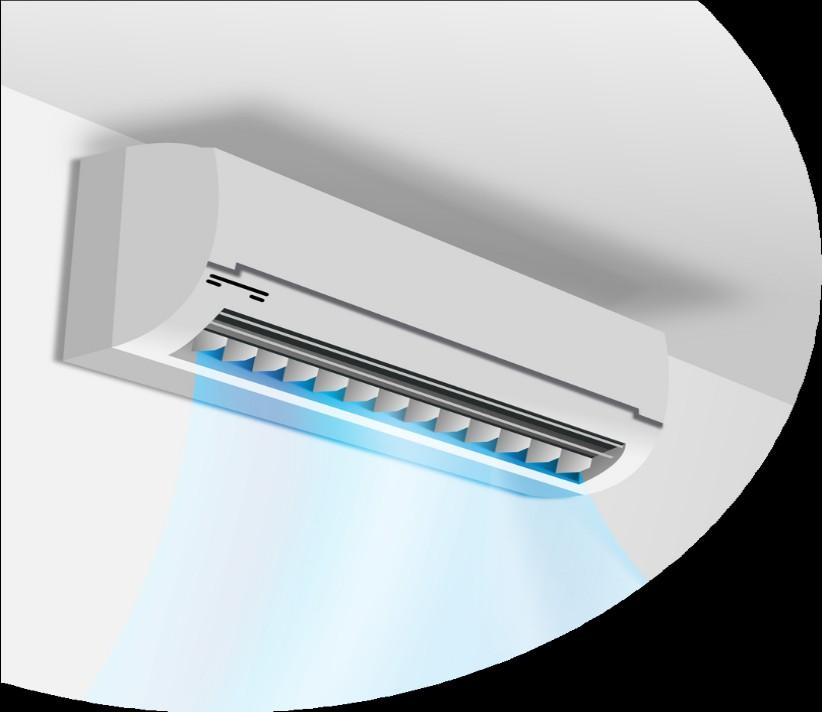








Airconditioners,alsoknownasACsoraircon, are a common sight in many households, businesses, and public spaces around the world.Theyareusedtocooldowntheairand regulatethetemperatureandhumiditylevels in a room or building, making it more comfortable for people to work, sleep, or relax. But how do air conditioners actually work?In this article, we’ll take a closer look at the science behind air conditioning and the various components and processes involved.

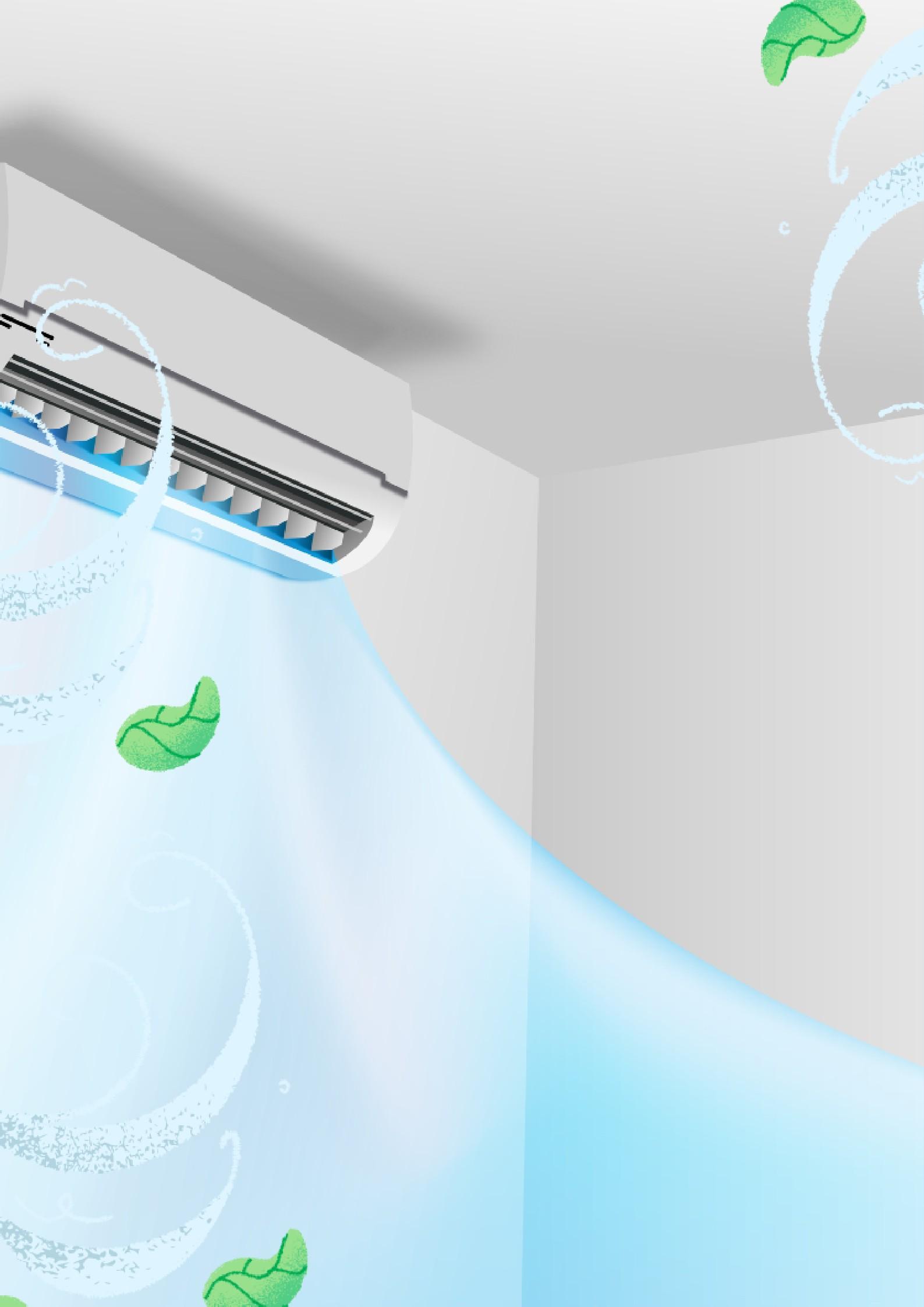
“How does an air conditioner work” ?
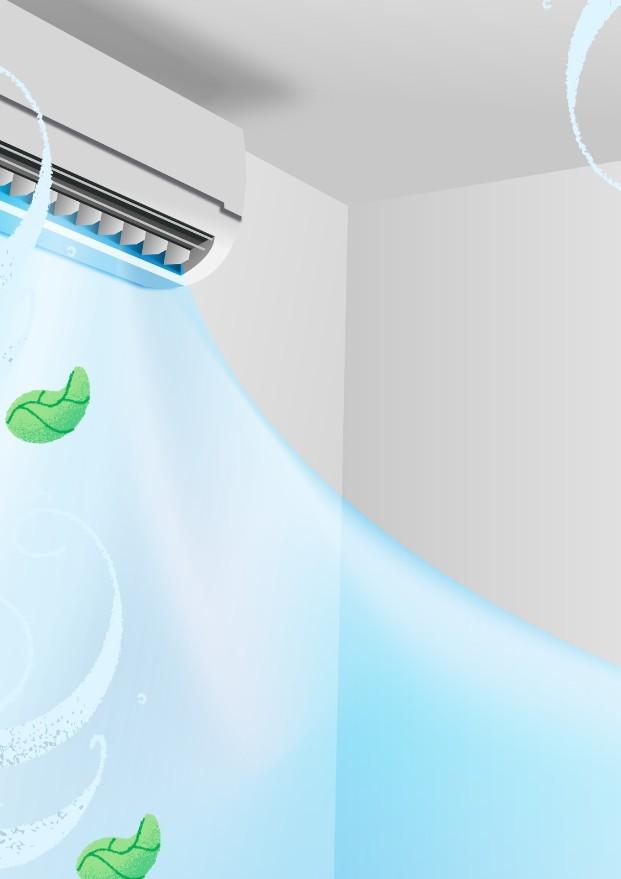
1. Cooling Process
The cooling process is the heart of an air conditioner. As mentioned, warm air is drawn into the unit and passes over a cold evaporator coil filled with refrigerant. The refrigerant absorbs the heat from the warm air and evaporates, turning into a gas. The cooled air is then blown back into the room by a fan, while the hot refrigerant gas is pumped outside to a condenser coil.

2. Refrigerant Circulation

The refrigerant is the key to the cooling process in an air conditioner. It is a chemical compound that is able to absorb and release heat as it changes from a liquid to a gas and back again. The refrigerant circulates through a closed loop of copper tubing, which includes the evaporator coil, the compressor, the condenser coil, and an expansion through the

valve. system ,
As it moves it undergoes changes in pressure and temperature that enable it to absorb and release heat.
3. Compressor

The compressor is responsible for pumping the refrigerant gas from the evaporator coil to the condenser coil. It does this by increasing the pressure and temperature of the gas, compressing it into a high-pressure state. The high-pressure gas is then pumped through the condenser coil, where it releases the heat it absorbed from the room into the outside air. After this, the refrigerant returns to a low-pressure state and is ready to be used again.

4. Condenser Coil
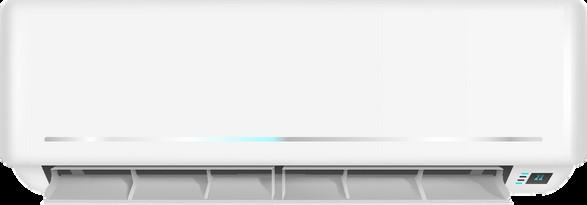

The condenser coil is located outside the building and serves as the point of transfer between the refrigerant and the outside air. As the high-pressure gas enters the condenser coil, it releases the heat it absorbed from the room into the outside air. The coil is equipped with metal fins that increase the surface area, enabling more efficient heat transfer. As the refrigerant releases the heat, it condenses back into a liquid form and flows back to the evaporator coil.

5. Evaporator Coil
The evaporator coil is located inside the building and is responsible for absorbing heat from theair.

As the warm air evaporator passe s coil,
over the cold the refrigerant absorbs the heat and turns into a gas. The cooled air is then blown back into the room by a fan. The evaporator coil is also equipped with metal fins to increase surface area and improve heat transfer.
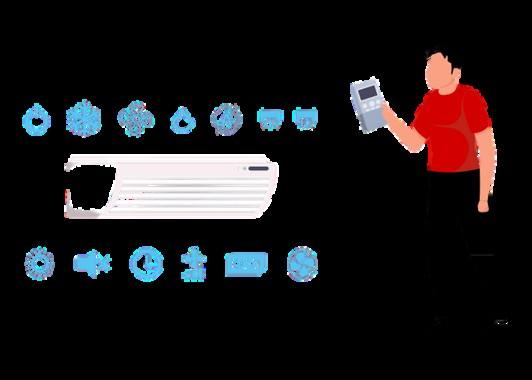

The expansion valve regulates the flow of refrigerant through the system, ensuring that it enters the evaporator coil at the right pressure and temperature. As the refrigerant exits the condenser coil, it is in a high-pressure, high-temperature state. The expansion valve reduces the pressure and temperature of the refrigerant, allowing it to evaporate and absorb air as it passes coil.
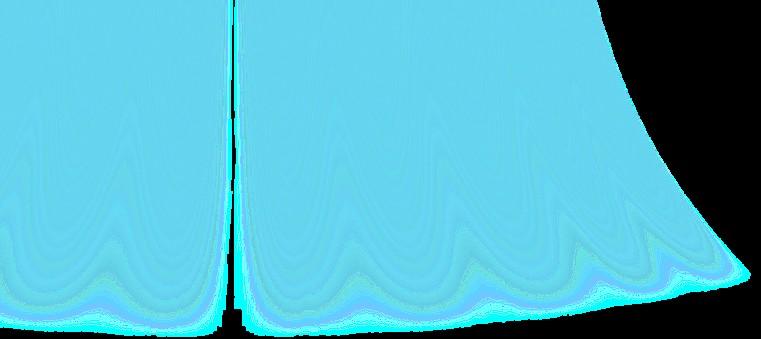

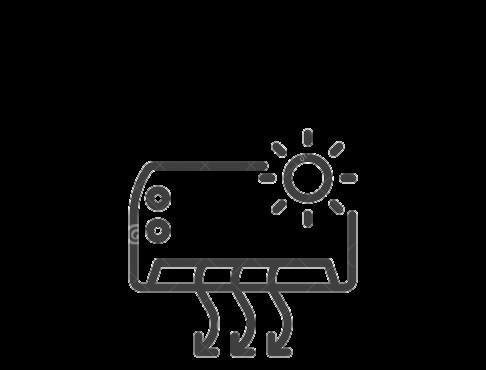

6. Valve The regulates the flow of refrigerant through ensuring that it

the system, enters the evaporator coil at the right pressure and temperature. As the refrigerant exits the condenser coil, it is in a high-pressure, high-temperature state. The expansion valve reduces the pressure and temperature of the refrigerant, allowing it to evaporate and absorb heat from the air as it passes over the evaporator coil.
7. Thermostat
The thermostat is the component that allows the user to set the desired temperature for the room.


It measuresthetemperatureoftheairin the room and sends a signal to the air conditioner unit to turn on or off based on the desired temperature. The thermostat is typically located on the wall and is connected to the air conditionerunitvia electricalwiring.

8.HumidityControl
In addition to cooling the air, air conditioners also help to control humidity levelsinthe room.Aswarmair passes over the cold evaporator coil, moisturein the aircondensesonthe coil and is collected in a pan underneath. The collected water is then drained out of the unit via a pipe or tube. This process helps to reduce the humidity levels in the room, making it more comfortablefor occupants.


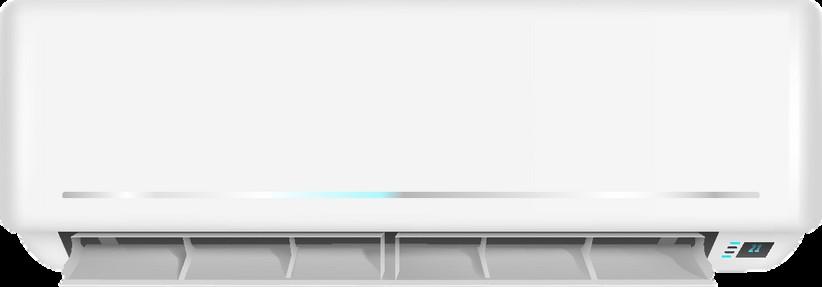
IIn conclusion, air conditioners are complex systems that rely on several components and processes to function properly. Understanding how they work can help users maintain their units and troubleshoot any problems that may arise.



